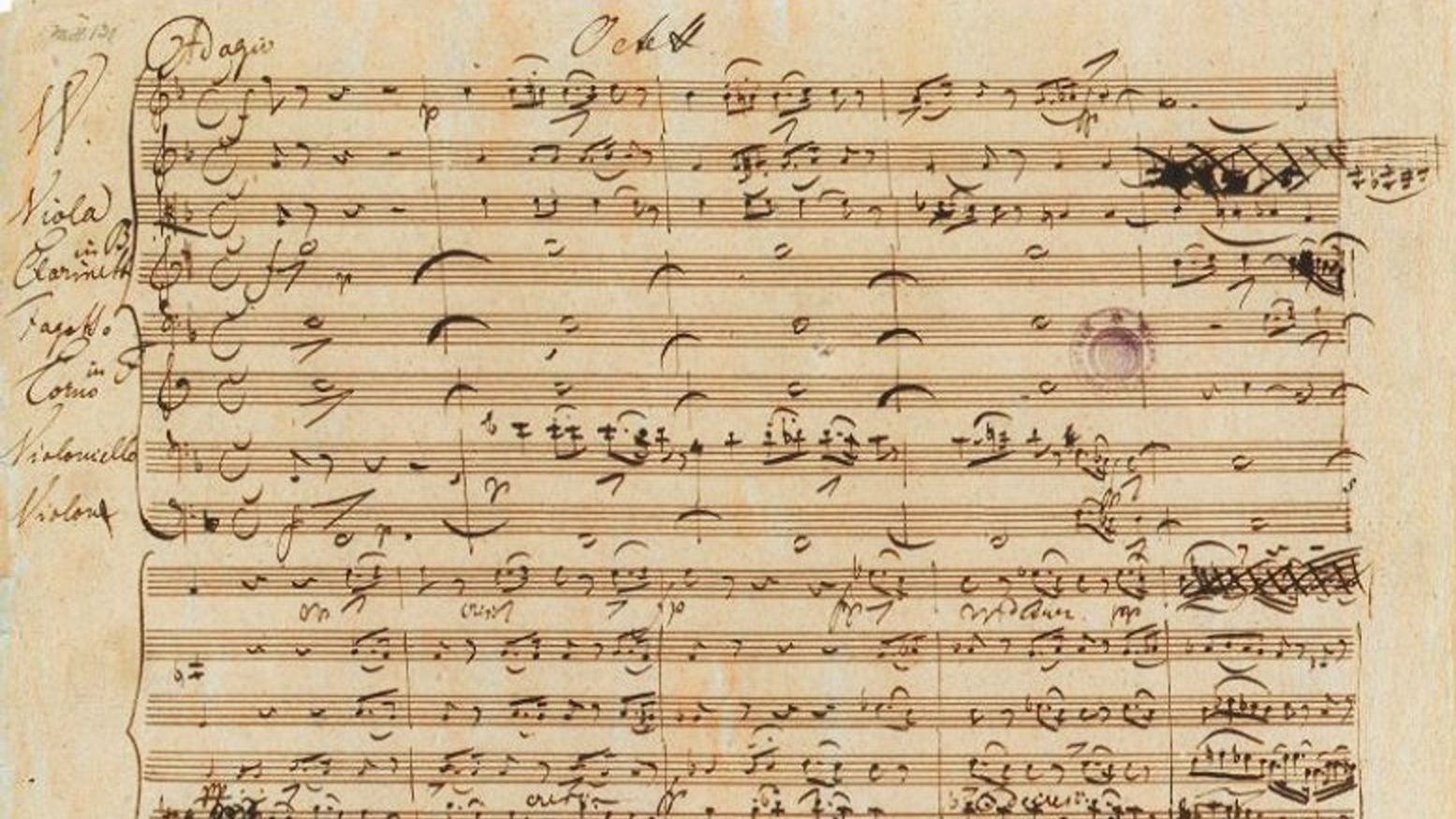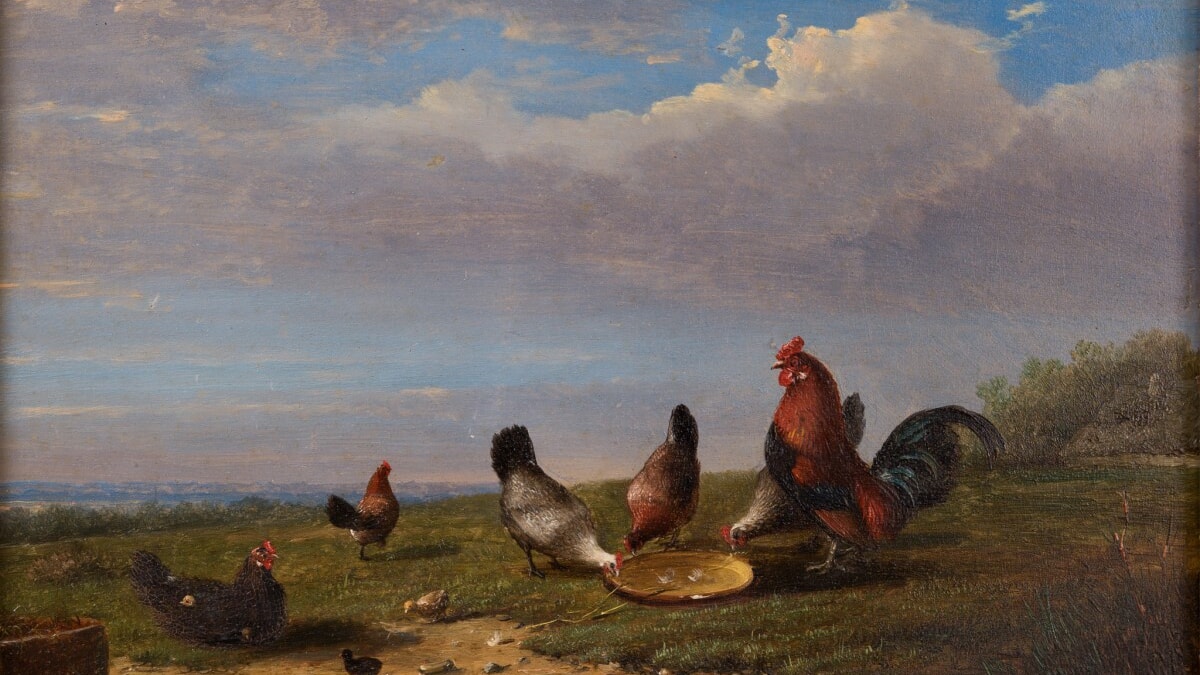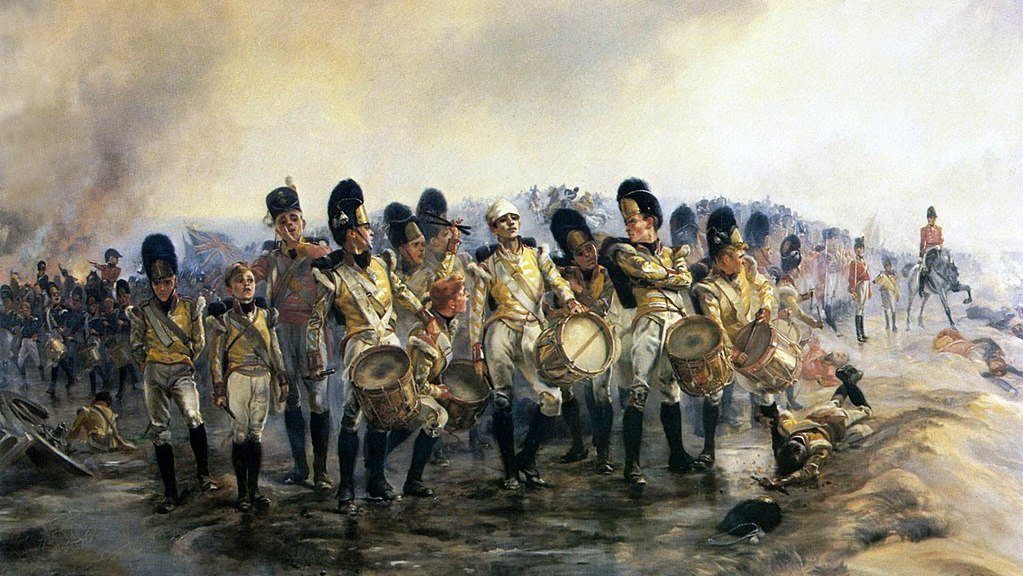Schubert’s Octet: A Journey to the Magic Land of Song
Although they lived in Vienna as contemporaries, it is unclear if Schubert and Beethoven ever met. The two composers shared a mutual respect, but in many ways they were polar opposites. While Beethoven dazzled audiences as a revolutionary giant of the symphony, during his lifetime, Schubert was known almost exclusively for his songs. Publishers failed to take interest in Schubert’s instrumental works, and many, such as the “Great” C Major Symphony No. …







